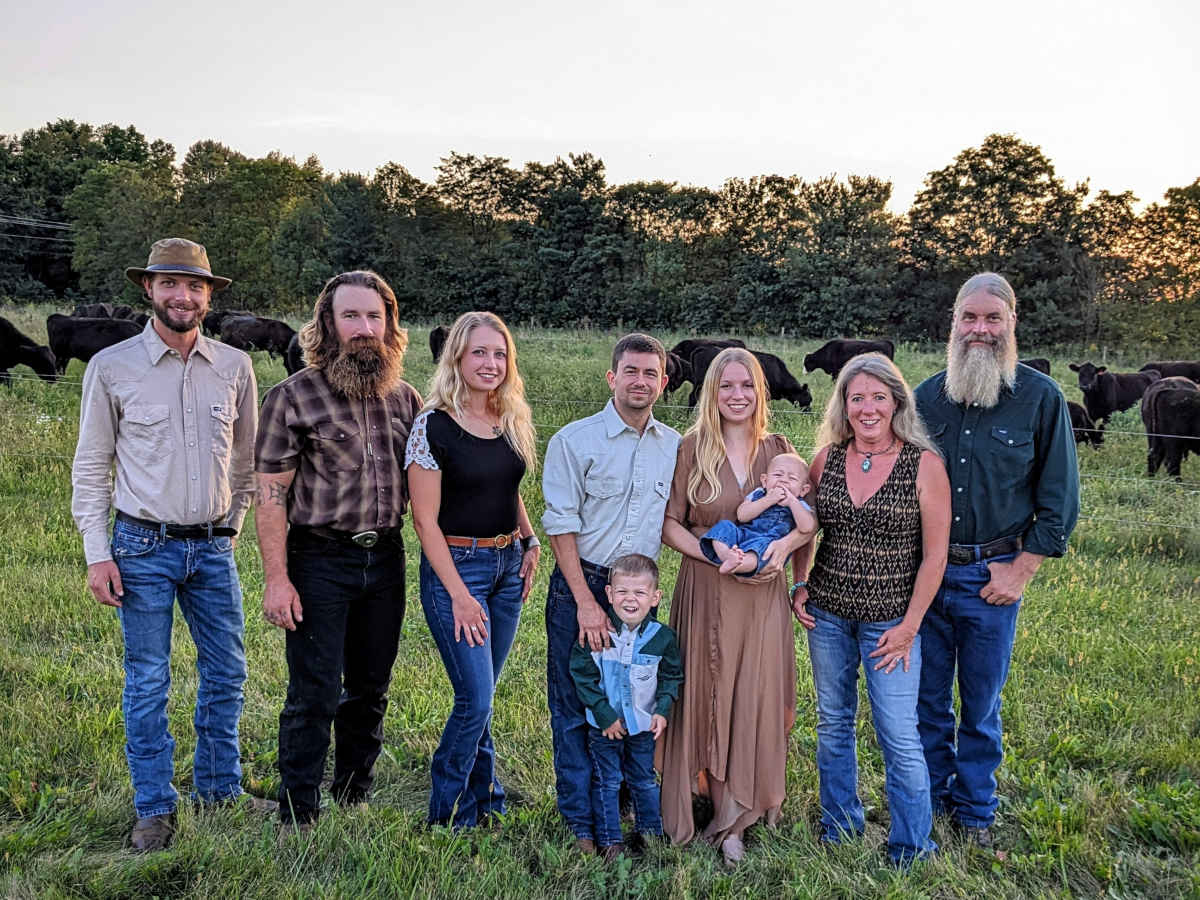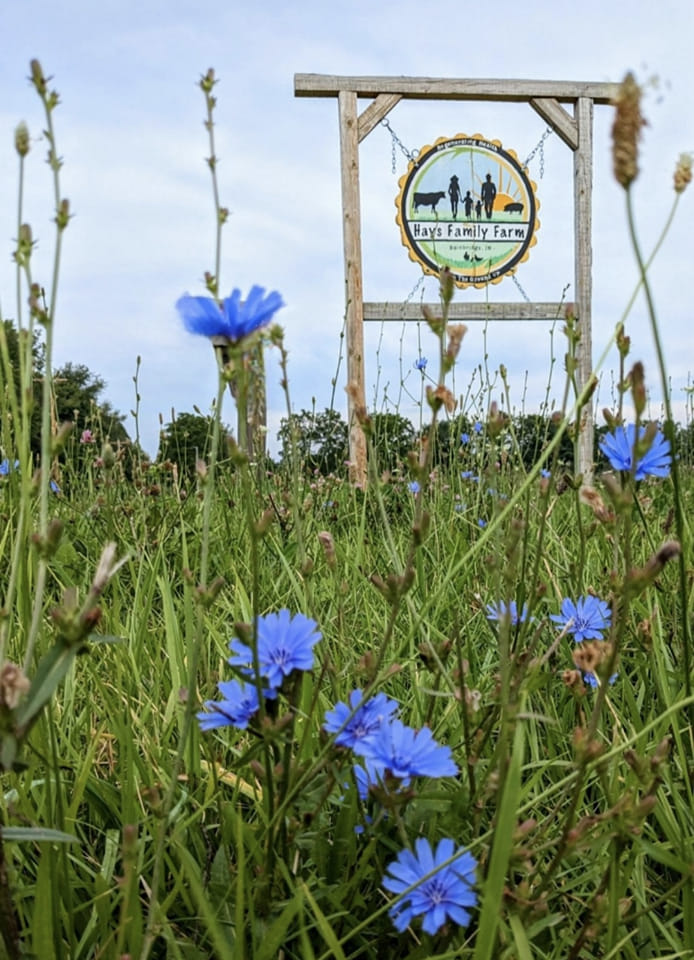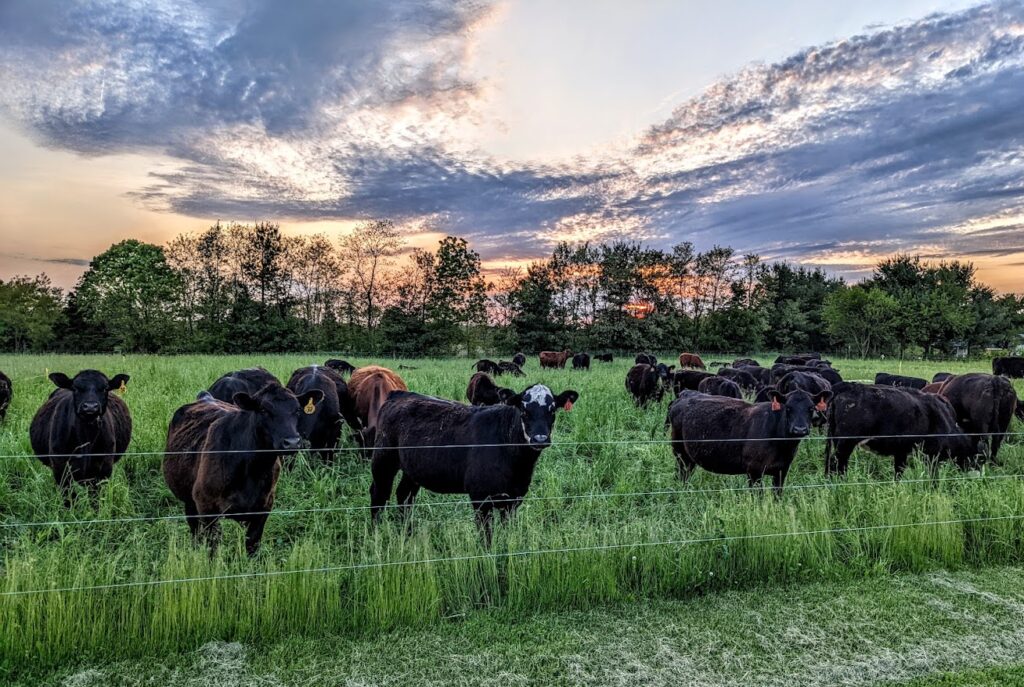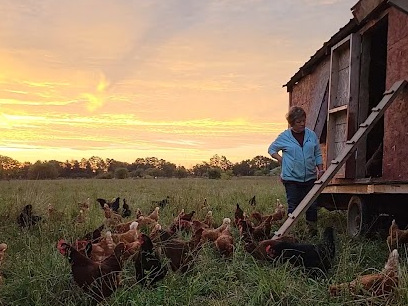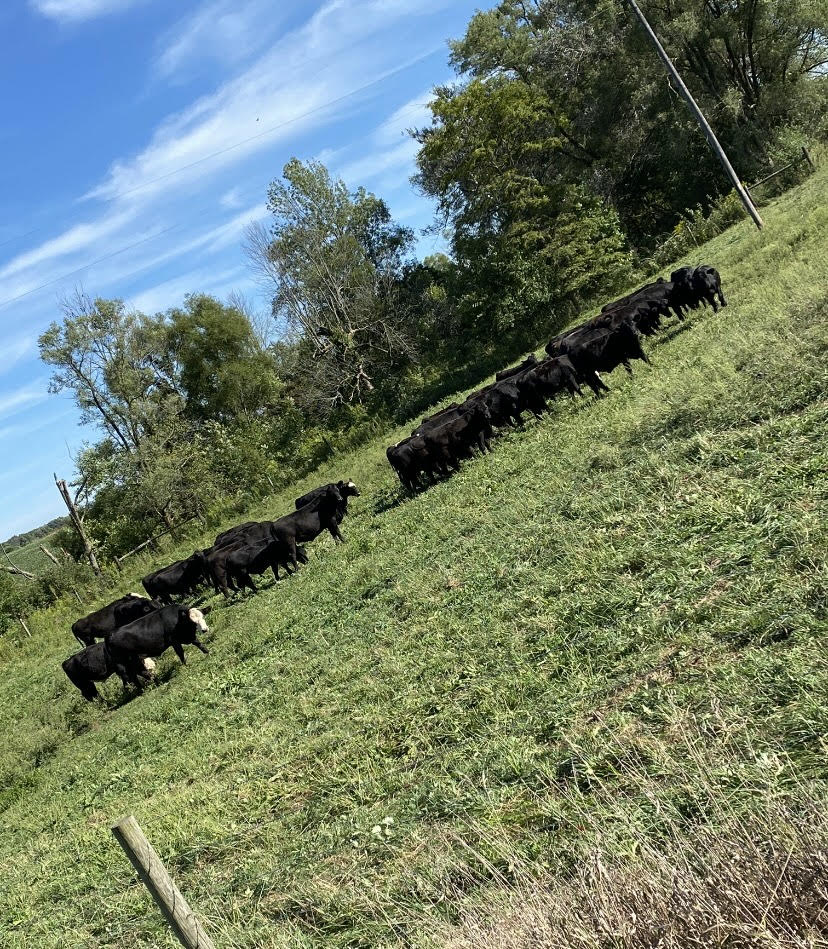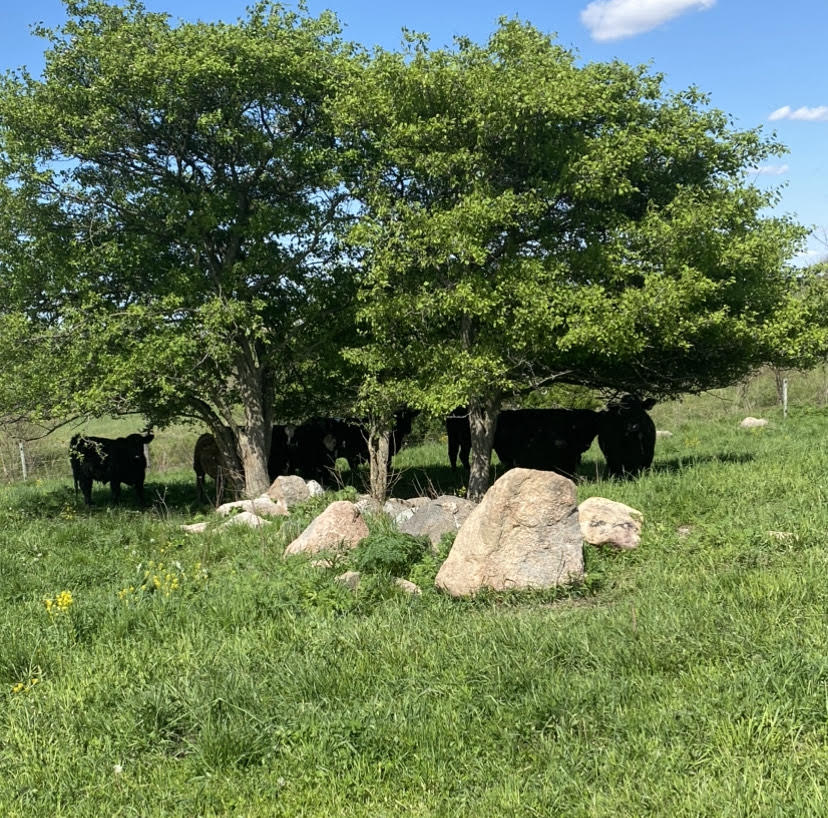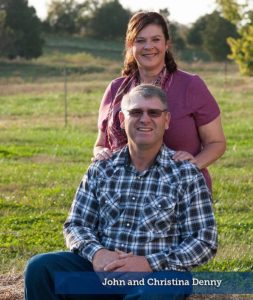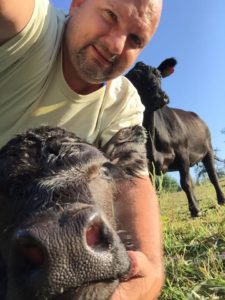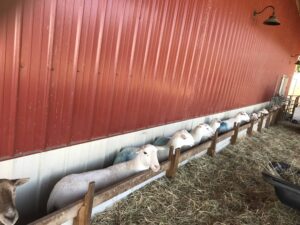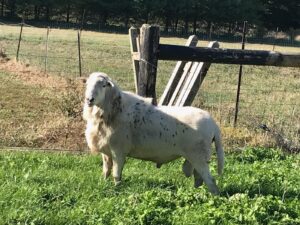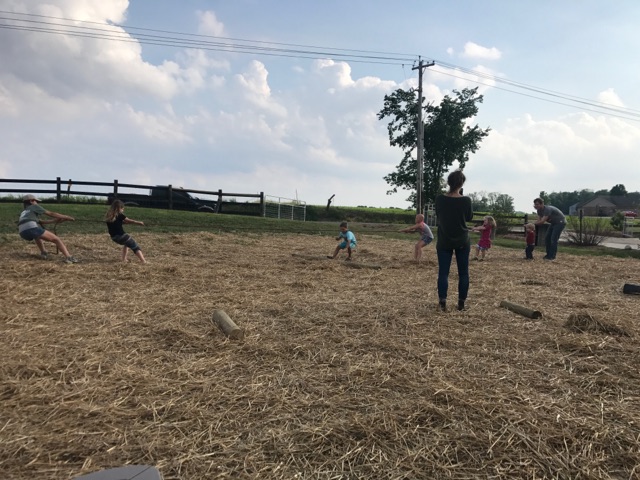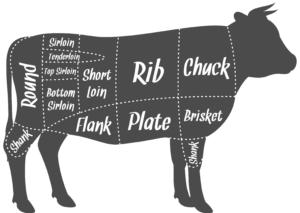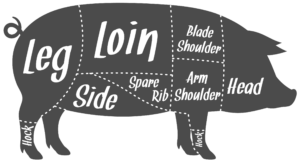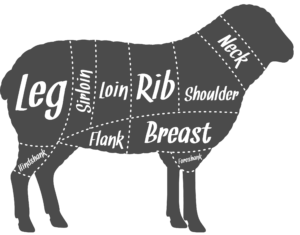Indiana History
Hogs on the American Frontier
The noble pig, could it lead a fledgling new nation into the daring west. Strong and capable, the pig allows for much of the profits and sustenance of the states in the mid-west. As the nation quickly expands into the western half of the continent, the first domestic animals to follow in large numbers are the pigs. Without these daring creatures this new nation would have hardly made it past the Appalachian Mountains. This new nation is America.
Pigs are not at all considered noble, but without them America’s growth would have been a slow, drawn out process rather than a sudden expansion. Why were these early American pigs so crucial to our countries development? Without pigs, the crossroads of America would have never been created.
The crossroads of America is the area in the mid-west centered around Indiana. Indiana is the point where many major railroad systems connect. However, before the railroad was built, Indiana served a much bigger purpose. When Indiana was officially made a state (in 1816) it, and other states in the mid-west, served as a midpoint between the east and the west. Very little was known about the land west of Indiana and almost nobody had ever ventured past the Mississippi River. In the early 1800’s Indiana marked the western edge of the map.
When pioneers started settling Indiana in the early 1800’s they were faced with the same problem pioneers of all states were faced with: what kind of livestock to bring. Pigs were the obvious choice. Pigs, of all things, were the first domestic livestock in Indiana.
One may be wondering, “why pigs?” Pigs were suited in many ways to pioneer life. Pigs are very hardy, they are tough, capable, and can handle many harsh conditions. This is essential to pioneer animals. The animals must be able to remain healthy in many environments. Pigs also produce large litters. Sows typically have at least a dozen piglets each pregnancy. These large litters allow the pigs to quickly populate an area. Even with these two features, there was one thing about pigs that stood out and made them the choice travel livestock-their diet.
Pigs can eat almost anything. Grass, nuts, roots, insects, and berries (or more often the whole berry bush) are just a few things pigs can be found eating. This diverse diet allowed the pioneers to settle in many different environments and still have healthy pigs. Not only could the pigs be healthy in many environments but they could feed themselves. Pigs could be left to forage for food allowing the pioneer to tend to other matters.
Hog growth helped launch early America into the west, and though they are still raised in Indiana today, much has changed. Whereas hogs used to be raised in small groups of twenty or so, they are now raised in large batches of several thousand. The most significant change, however, is how we respect the hog. The farmer of the early 1800’s recognized the pigs natural instinct to “root” through the soil. Pigs, if they are allowed, are often found using their snouts to dig through the soil in search of food. They harnessed this ability and used it to clear large areas of brush so the farmer could plant a crop in this newly created field. More recently hog farmers, rather than harnessing this ability, have found it nothing more or less than a nuisance. They became frustrated with the hogs tearing through their fields and turning them over to dirt. Rather than relearning to “aim” the hogs in the right direction they either put rings in their noses or put them on a concrete paddock to keep them from rooting. Over time the latter became more common as it allowed the farmer to eliminate rooting and to raise more hogs on less space. When the hogs were moved to the concrete enclosures the farmers were forced to limit the hogs diet. They could not provide the wide forage that the hogs were developed to eat as omnivores in the enclosures so they limited the hogs diet to feed specially designed for hogs. Though this feed is designed for hogs there is no reasonable way to provide the whole range of the hog’s diet through a grain base with vitamin supplements added. This could be compared to humans, another omnivore, eating only grains and a vitamin supplement. We understand intuitively that we would not be healthy yet we continue to feed our livestock in modern day America this way. As time went on what used to be the most prized traits of pigs became a hindrance to the farmers.
Here at This Old Farm; however, we try to play to the hog’s instincts. Though we are certainly not moving backwards to the old pioneer farms, we make sure all hogs are able to do what they were meant to do, eat every piece of organic material they can fit in their mouths, and dig. Not only are the hogs happier this way, (I often believe they can smile), but they are better for you. It only makes sense that to be a healthy, happy person you must eat healthy, happy livestock, and that is what we work so hard to provide you with.
Written by Conner Smith, son of Erick and Jessica Smith
To purchase pork raised as it once was, call (765) 324-2161. On Friday, 23 hogs will come in from the farm where they have been working to eliminate all of the fescue on the farm as they consume the entire grass plant including root. Fescue is a lower quality but prolific grass. Our front fields may look muddy now but next year they will be replanted with a nice forage mix that the cows and sheep will enjoy thanks to the help of the roto tilling pigs. Get your name on one of these hogs today. The grain mix, good green grass, and all the leftover milk they desire makes for a pork like none other. Call (765) 324-2161.
Please remember that we offer choice. We support many Indiana family farms. Every package is marked with the name of who raised that product for you so that we can tell you just how it was raised. Ask about the farmer on your package so we can share their story with you.
